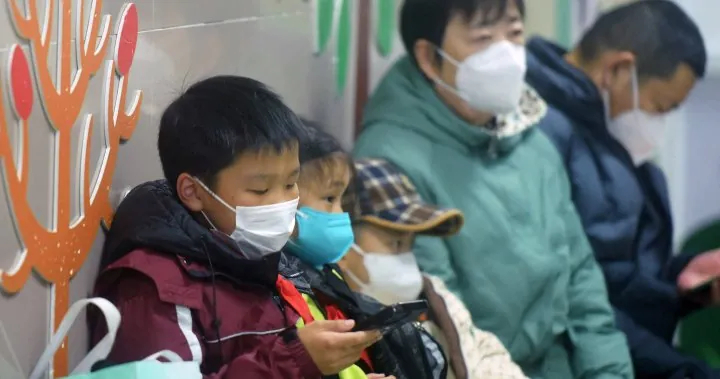
Surge in Human Metapneumovirus Cases in China: What You Need to Know!
2025-01-08
Author: Jacob
Surge in Cases Across China
In recent reports, a rise in cases of human metapneumovirus (hMPV) has been observed across China and the Northern Hemisphere, a phenomenon the World Health Organization (WHO) deems 'not unusual.' As the winter months progress, a notable increase in respiratory illnesses, including hMPV, is within expected seasonal trends.
Media Concerns and WHO's Assurance
Media headlines have sparked concern by likening the situation to the overwhelming hospitalizations seen during the onset of the COVID-19 pandemic. However, the WHO reassures that their discussions with Chinese health officials reveal no unusual outbreak patterns. The WHO noted in a statement that the Chinese healthcare system remains robust and has not triggered emergency responses despite the surge in cases.
Current Data on Respiratory Pathogens
As of December 29, the data indicated by the WHO showed an uptick in various respiratory pathogens, notably human metapneumovirus, seasonal influenza, rhinovirus, and respiratory syncytial virus (RSV), particularly in northern China. Currently, influenza leads as the predominant respiratory illness being reported.
Impact of hMPV
hMPV generally results in mild cold-like symptoms for a short duration. However, it can occasionally lead to more severe outcomes for vulnerable populations such as infants, the elderly, or those with pre-existing medical conditions. Unlike the novel coronavirus associated with the COVID-19 pandemic, hMPV has been known since its identification in 2001 and is believed to have circulated longer than initially thought.
Global Trends Beyond China
Countries beyond China, including India and the United Kingdom, have also been recording similar increases in hMPV and other respiratory infections this winter, coinciding with seasonal patterns that challenge healthcare systems.
Expert Insights
Paul Hunter, a professor of medicine at the University of East Anglia, emphasized that nearly every child will likely contract hMPV by their fifth birthday. Furthermore, advancements in diagnostic capabilities may be contributing to the observed rise in confirmed cases.
Conclusion
In a world still grappling with the memory of the COVID-19 crisis, it’s crucial to stay informed but not alarmed. Experts like Hunter remain optimistic, stating that there are currently no signs indicating a more significant global concern stemming from the rise of hMPV. Keeping vigilant and aware of respiratory health during the winter season remains essential.









 Brasil (PT)
Brasil (PT)
 Canada (EN)
Canada (EN)
 Chile (ES)
Chile (ES)
 Česko (CS)
Česko (CS)
 대한민국 (KO)
대한민국 (KO)
 España (ES)
España (ES)
 France (FR)
France (FR)
 Hong Kong (EN)
Hong Kong (EN)
 Italia (IT)
Italia (IT)
 日本 (JA)
日本 (JA)
 Magyarország (HU)
Magyarország (HU)
 Norge (NO)
Norge (NO)
 Polska (PL)
Polska (PL)
 Schweiz (DE)
Schweiz (DE)
 Singapore (EN)
Singapore (EN)
 Sverige (SV)
Sverige (SV)
 Suomi (FI)
Suomi (FI)
 Türkiye (TR)
Türkiye (TR)
 الإمارات العربية المتحدة (AR)
الإمارات العربية المتحدة (AR)